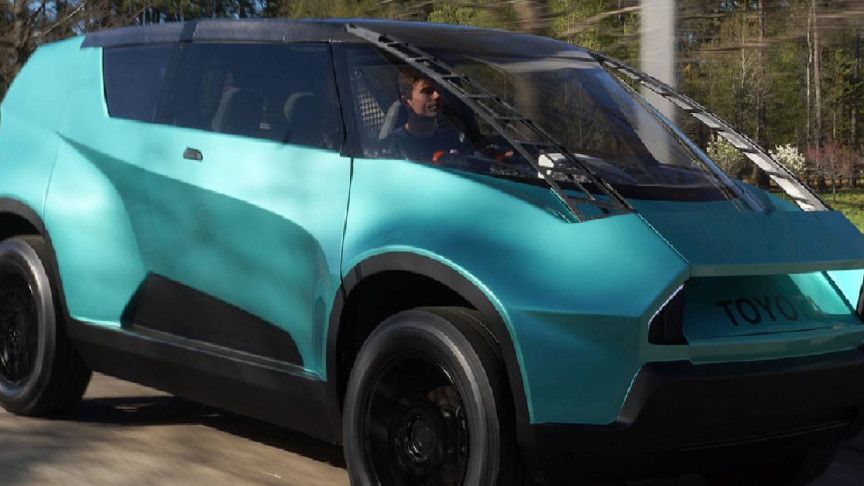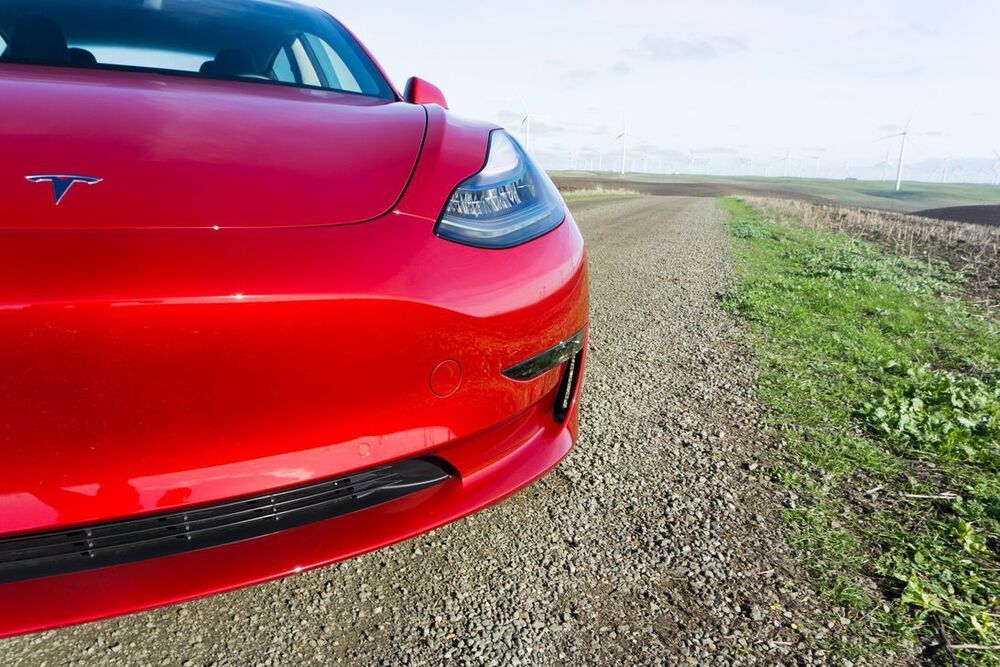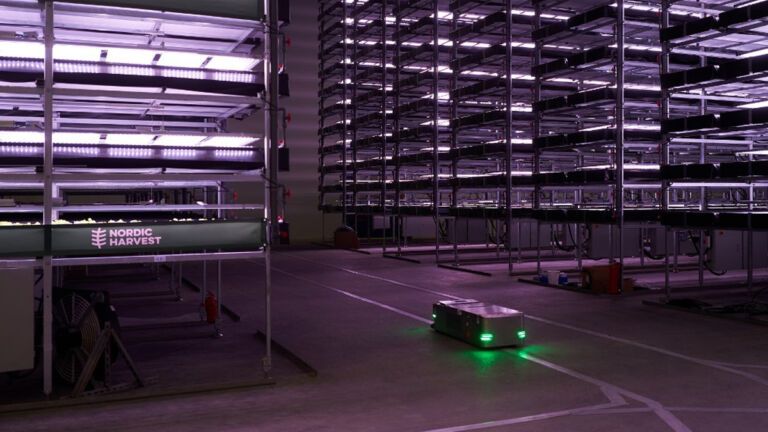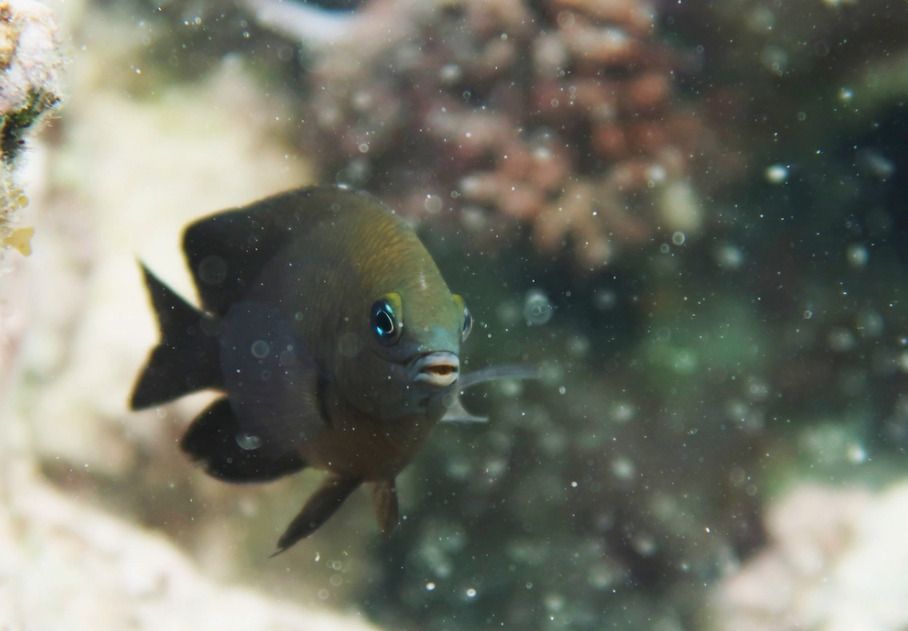Empty Coke bottles are being turned into solar-powered light sources! They’re lighting the way for communities without access to electricity and upcycling plast… See More.



“While astronauts in space need to get creative with their water supply, that’s not to suggest that people ought to start drinking pee to access clean water. Rather, Aquaporin, the company behind the new system, suggests that the same kind of technology could be used to clean up other types of wastewater or filter existing drinking water supplies to the point that they could be used.”
As Above
Roughly 2 billion people don’t have access to clean drinking water, according to CNN, and a system like Aquaporin could help remove pollution and plastics from the supply.
“It has an enormous potential,” Dines Thornberg, innovation manager at BIOFOS, Denmark’s largest state-owned wastewater facility, told CNN. “I think the Aquaporin system could lead the way in actually creating clean, affordable drinking water from wastewater in the future. I am really optimistic that we can meet the challenges of water scarcity in many parts of the world with technologies like this.”

Renewables keep on gaining steam. 😃
Improving the efficiency of solar cells can make a huge difference to the amount of energy produced from the same surface area and the same amount of sunshine, and another world record has been beaten in the push for better yields.
Researchers have now hit an efficiency of 29.15 percent in the perovskite/silicon tandem solar cell category, which is just one of several different types of cells. There are currently a variety of different technologies in use to convert solar energy into electricity.
For this type of panel, the long-term target of more than 30 percent is now tantalisingly within reach. The latest lab tests edge ahead of the maximum 28 percent efficiency that perovskite/silicon cells have managed up to this point.
California-based Aptera recently opened pre-orders for its solar electric vehicle that ‘never needs charging’ and within less than 24 hours, according to the firm, the $26,000 car sold out.
The futuristic-styled structure is designed with lightweight materials, providing low-dray aerodynamics and cooling.
Aptera’s Never Charge technology is comprised of an integrate solar package that provides more than 40 miles of ‘free’ driving per day ‘making it the first vehicle that won’t need to fuel up for most daily driving.’

“What our technology does is it improves range and lowers vehicle cost,” Campbell said. “It’s as simple as that.”
As the name of his company suggests, Campbell thinks the key is a more-solid electric car battery. The lithium-ion batteries powering almost all of today’s electric vehicles rely on a liquid electrolyte, which ferries charged ions from a cathode to an anode. While the technology makes it practical to charge and recharge, the liquid can catch fire if overloaded.
For decades, scientists have seen a potential answer in solid electrolytes, which could allow a battery to soak up more energy without overheating.

If we’re going to get better at powering the planet with renewable energy, we need to get better at finding ways of efficiently storing that energy until it’s needed – and scientists have identified a particular material that could give us exactly that.
The material is known as a metal-organic framework (MOF), in which carbon-based molecules form structures by linking metal ions. Crucially, MOFs are porous, so they can form composite materials with other small molecules.
That’s what the team did here, adding molecules of the light-absorbing compound azobenzene. The finished composite material was able to store energy from ultraviolet light for at least four months at room temperature before releasing it again – a big improvement over the days or weeks that most light-responsive materials can manage.



Once running at full capacity by the end of next year, its creators say, the facility will be able to generate a ton of food. Produce can be harvested up to 15 times a year without needing any soil or daylight.
Automated robots will be used to both plant seeds and check in on them later as well.
Nordic Harvest envisions that other massive facilities like it could have a major impact on the global fresh food supply. In fact, vertical farms covering an area of 20 soccer fields could grow enough greens for the entirety of Denmark, the startup argues, as reported by Fast Company.

Human civilization wouldn’t be where it is today if we hadn’t domesticated animals to be either loyal and cuddly or dumb and tasty. Now, researchers in Australia have discovered what they claim is the very first example of an animal domesticating another animal – a fish species found to recruit tiny shrimp to help tend their algae farms.
It’s believed that humans first domesticated the wolf around 15,000 years ago to help us hunt, and later for companionship. Over the following millennia, we added goats, pigs, sheep and cattle for food and materials. And almost every plant we eat looks nothing like their original wild counterparts, having been honed for thousands of years at our hands to be bigger, hardier, tastier, more nutritious or easier to grow, harvest and eat.
So far, the only other organisms known to domesticate others have been insects – for example ants farm aphids, protecting them from predators in exchange for the sweet sticky goo they excrete. But the behavior has never been observed in other vertebrate species before.